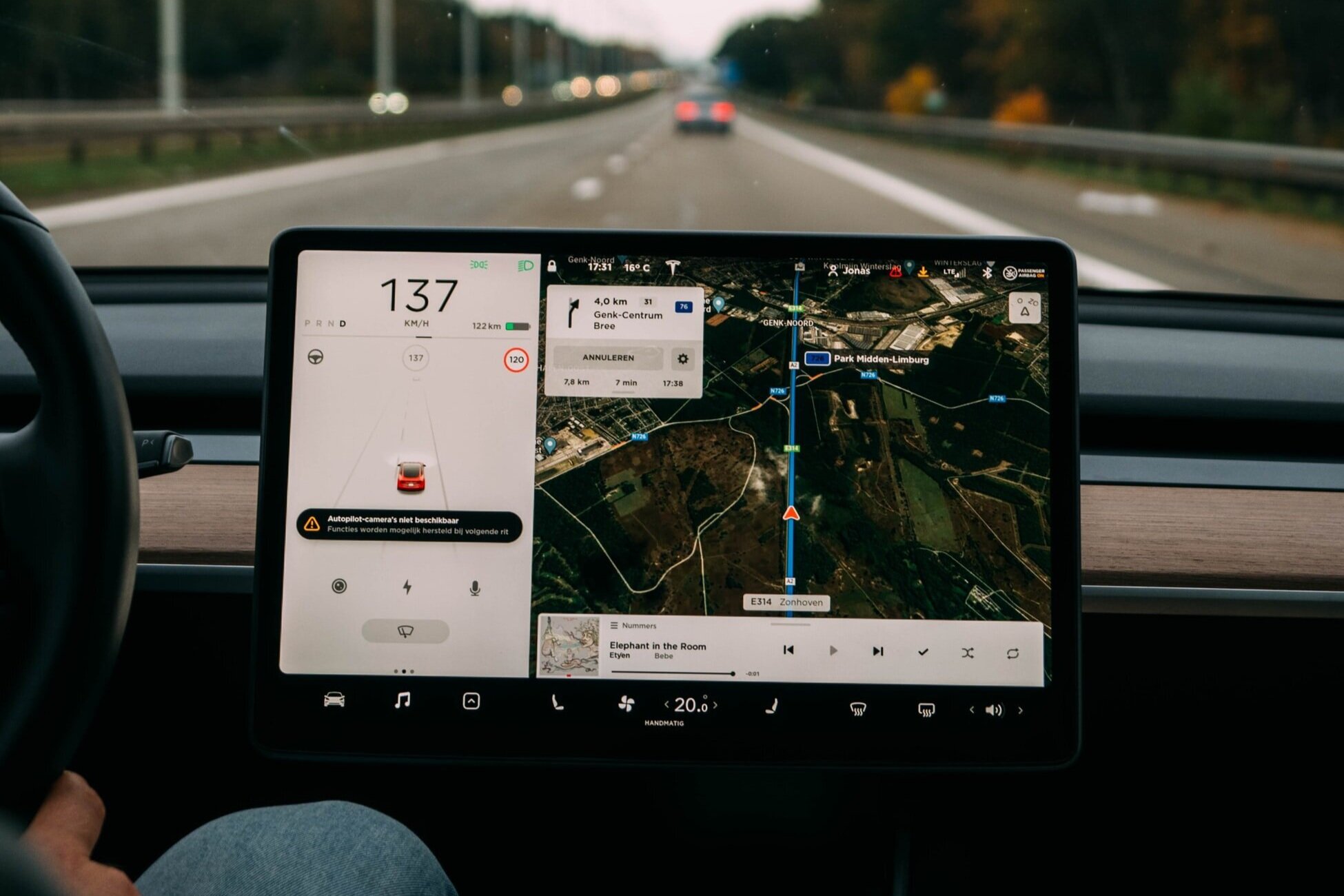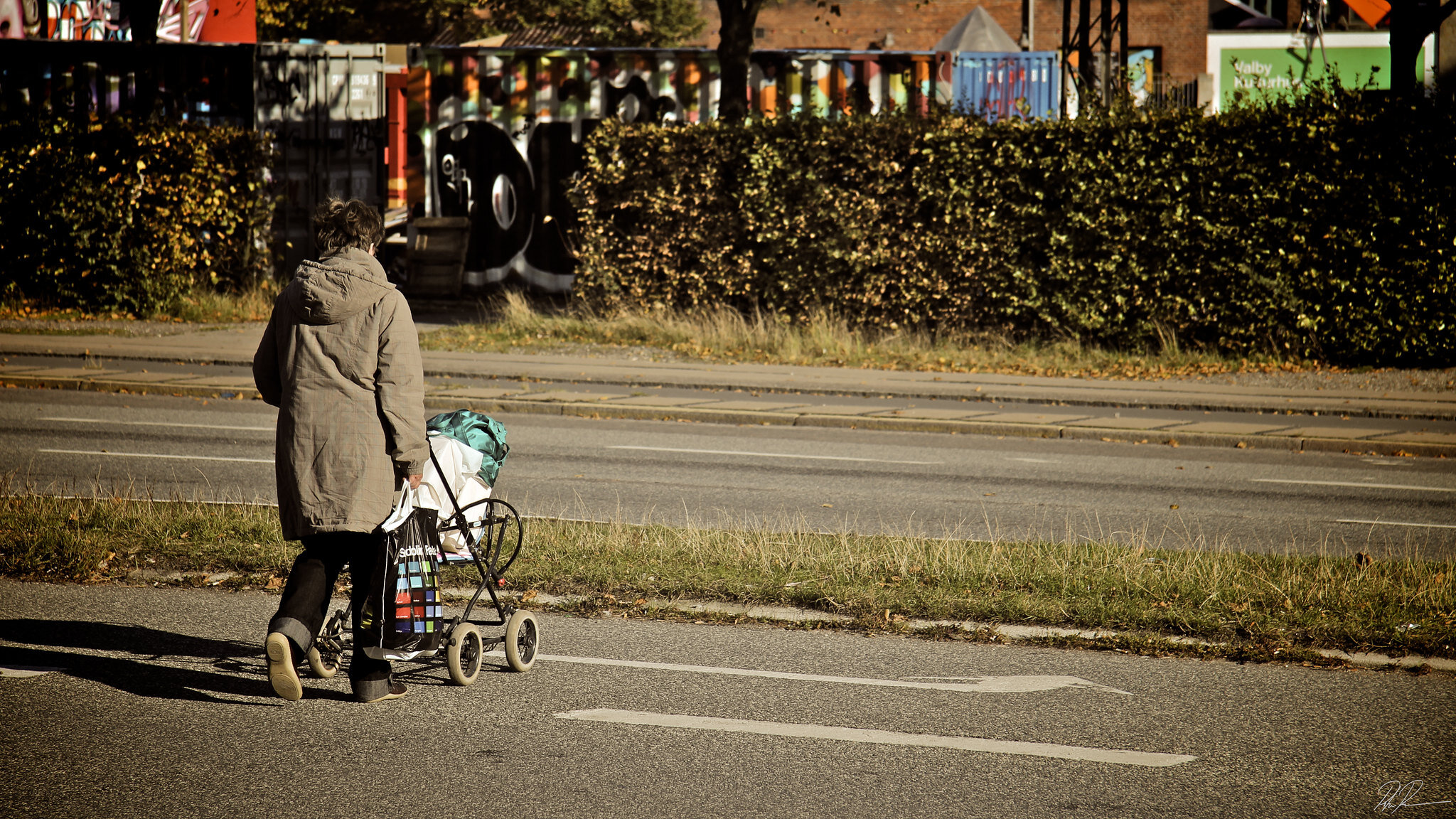Automated Vehicles Will Make Our Streets Worse
Image via Unsplash.
On September 8, Wiley & Sons will release the second book in the Strong Towns series: Confessions of a Recovering Engineer: A Strong Towns Approach to Transportation. Some on the publishing team—whose job it is to sell books—assumed I would include a lot on the hottest topic in transportation, that being automated vehicles (AV). If we could appear to be on the cutting edge of the latest technology, give some insights on how automated vehicles will change cities as we know it, maybe we could get a writeup in Popular Science or something. Maybe get a blurb from Elon Musk?
The publishing team is great, especially now that they’ve read the book and recognize how automated vehicles fit into a Strong Towns approach.
There are a lot of people very excited about automated vehicles and their potential to transform our cities. I’m not one of them. I think we as a society seem all too enamored with technology, all too trusting of those pushing it, and all too forgetful of the fact that we’ve been down this street before.
It’s been fascinating to me to watch the reaction of many in our audience when I share information about automated vehicles in our social media feeds. No matter what the critique (the latest being commentary on the woman killed by an automated Uber), there is no end to the defense of automation.
“It’s better than human-operated vehicles. No technology is flawless at first, but the problems will be fixed in time. Artificial intelligence will eventually fix whatever is wrong. There is so much to be gained, Chuck, so stop being such a curmudgeon and get on board with change...”
There is a special sub-species of tech-adherents that is particularly notable. I’ve set up a Venn diagram to describe them. On one hand, they believe in the entire narrative of evil automobile companies conspiring to destroy mass transit, steal streets from people, and turn our cities into auto-dominated realms. On the other hand, they believe that tech-enlightened automobile companies will use AV to promote mass transit, give streets back to people, and make our cities the utopias we always dreamed they should be.
I can be as guilty as anyone of being an idealistic dreamer at times, but I find people in that “max cognitive dissonance” zone to be dangerously delusional.
Let me be very clear: I think the fundamental flaw of the entire automated vehicle concept revolves around our confusion between a road and a street. Roads are connections between places where speed and travel efficiency is the emphasis. Streets are the framework for growing a place, a platform for building wealth where the quality of the human habitat is more important than the throughput of vehicles.
The promise of automated vehicles is the promise of the stroad, the street/road hybrid. Adherents believe that, with AV, we will be able to move vehicles quickly and, simultaneously, improve safety and comfort for people not in a vehicle. This is nonsense, or stated more clearly, this is nonsensical unless we are willing to destroy the street as a platform for building wealth in a place.
Pedestrians at Harvard campus. Image via Flickr.
Let me provide a simple mind experiment. I’m going to call it the “Cambridge Test” after my experience at the Harvard campus for a Strong Towns speaking engagement. In Cambridge, I witnessed many people jaywalking. In fact, I saw Cornel West jaywalk, meandering across a street midblock. It was very common. People, particularly students, would step out into traffic and cross wherever it was most convenient for them.
And, magically, the human-powered cars stopped. The sheer volume of people out walking, along with the tight design of the streets, seemed to make drivers more cautious and responsive to the random chance someone on foot would cross. And the people responded to this opportunity by taking advantage of it. I witnessed random groups induced to cross wherever and whenever they had a need. It was a very nice environment.
So, here’s the Cambridge Test: When perfected, what will an automated vehicle do on that nasty stroad in your community, the one where the cars today drive too fast and the drivers are too oblivious, where nobody sane would dare to cross? When all cars are AV, what happens when someone crosses midblock?
The obvious answer is that the vehicles stop and allow the person to cross. They don’t run that person down. They don’t kill them. The automated vehicle will be programmed to always stop when someone steps out into traffic. As a society, we would not have it any other way.
So, knowing this, who is ever going to stop and wait at another traffic signal? What person on foot, in their right mind, would wait for a gap to open so they can cross without impacting the flow of traffic? Nobody.
I have to walk across a nasty stroad every time I go downtown. Why would I wait my turn to cross in minus-20-degree weather, with the wind whipping at my face, when all I need to do is step out and traffic comes to a complete stop? I wouldn’t.
And that is not acceptable. Humans will not be allowed to interfere with the free flow of traffic. Our economy will depend on it, after all. All those commuters who need to get to their jobs, all those potential customers who need to get where they are going. We can’t have some Cornel West-type meandering out into traffic wherever they feel like it. There’s too much at stake in maintaining efficiency.
So, it will be against the law to step out into traffic except at designated places and times.
Well Chuck, how is that different than today’s jaywalking ordinances? Exactly! It’s not. We don’t even need new regulations, just the courage to enforce existing laws.
Image via Flickr.
Despite the fact that in this country’s best urban spaces, the ones that are thriving, jaywalking is rarely enforced (at least, rarely enforced except as a law enforcement pretext, which is a different matter entirely), we’ll make stopping jaywalking a national priority. With cameras on every vehicle, and the motivation of frustrated drivers to use them, enforcement will not be a problem.
And if it is, we’ll do what I posited years ago that we would do: we’ll erect human fences along the edge of the streets to keep people out. The people….excuse me, I need to use the correct language in this context….the "pedestrians" will be allowed to cross only at designated pedestrian crossings.
And that will hold true even in Cambridge.
Automated vehicles will be fantastic on the open roads when we’re trying to move people or materials at speed over distance. For local travel, walking should always be the priority followed by biking, transit, and then slow-moving individual vehicles. This is the necessary approach for building a strong town.
Automated vehicle technology will do nothing to make our streets better places to be and, if we continue to have blind faith in it, has the very real chance of setting our cities back another generation.
If you are interested in learning more about a Strong Towns approach to automated vehicles, we have created some pre-order bonuses for people who purchase Confessions of a Recovering Engineer before September 8. This includes “30 Days of Confessions,” a video series we just started rolling out to those who have pre-ordered the book. You can also immediately check out Aligning Transportation with a Strong Towns Approach at Strong Towns Academy, or the shorter Local-Motive session on “Establishing a Street Design Team.“





Charles Marohn (known as “Chuck” to friends and colleagues) is the founder and president of Strong Towns and the bestselling author of “Escaping the Housing Trap: The Strong Towns Response to the Housing Crisis.” With decades of experience as a land use planner and civil engineer, Marohn is on a mission to help cities and towns become stronger and more prosperous. He spreads the Strong Towns message through in-person presentations, the Strong Towns Podcast, and his books and articles. In recognition of his efforts and impact, Planetizen named him one of the 15 Most Influential Urbanists of all time in 2017 and 2023.